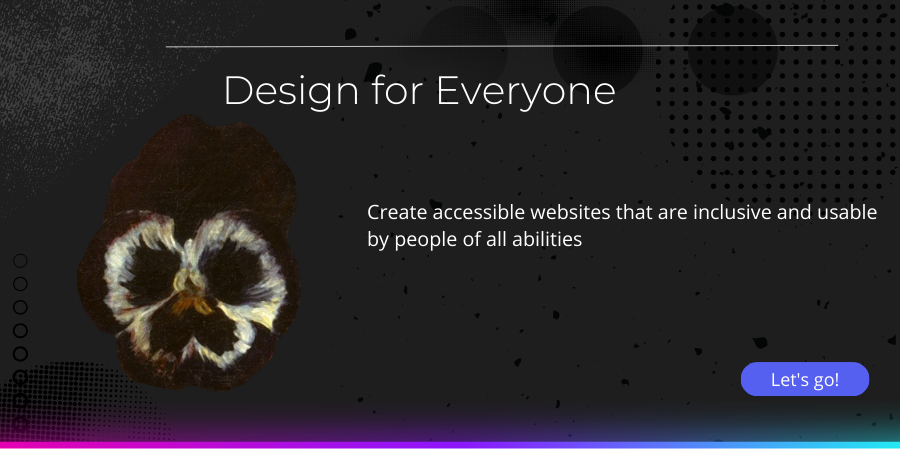
Accessibility in Web Design: Creating Inclusive Websites
Course Description
In this module, you will learn about the importance of web accessibility and how to design websites that are usable by people of all abilities.
The internet is a vast and powerful tool that connects people worldwide, providing access to information, services, and opportunities. However, for many users with disabilities, navigating the web can be a frustrating and exclusionary experience if websites are not designed with accessibility in mind. Creating inclusive websites is not just about compliance with legal standards—it is about ensuring that all individuals, regardless of their abilities, can fully engage with digital content. Web accessibility focuses on removing barriers that prevent people with disabilities from accessing and interacting with websites, applications, and digital platforms.
Millions of users rely on assistive technologies such as screen readers, voice commands, and keyboard navigation to browse the web. When websites are designed without considering these tools, they become difficult or even impossible to use for individuals with visual, auditory, cognitive, and motor impairments. By implementing accessibility best practices, designers and developers can create an inclusive online experience that benefits everyone, including those without disabilities. Accessible design also improves usability, making navigation more intuitive and content more readable for all users, including those using mobile devices or experiencing temporary impairments such as poor lighting or injuries.




